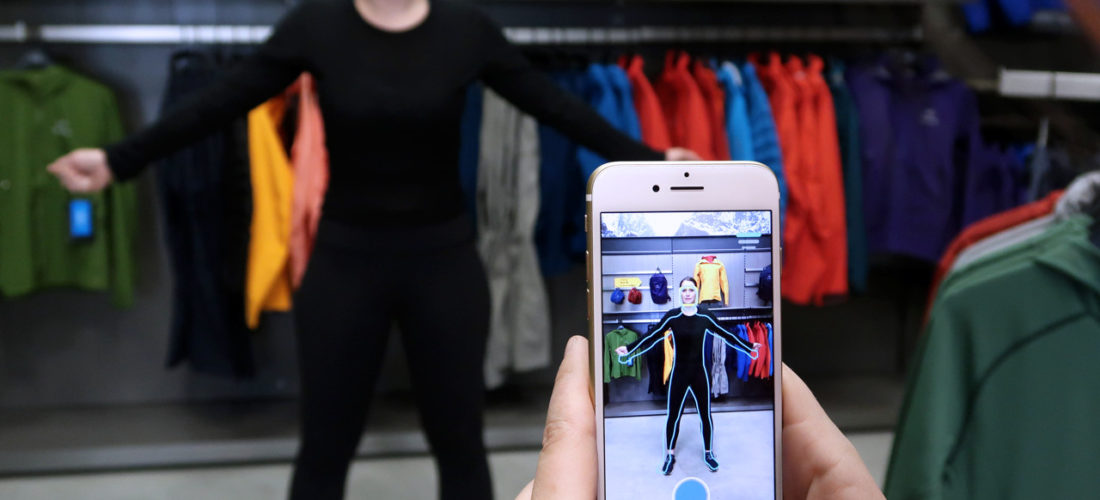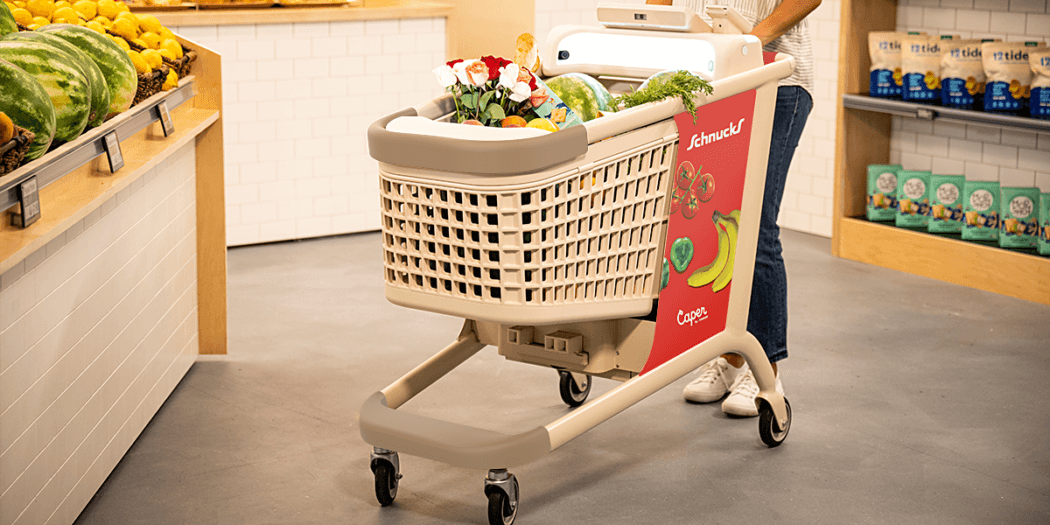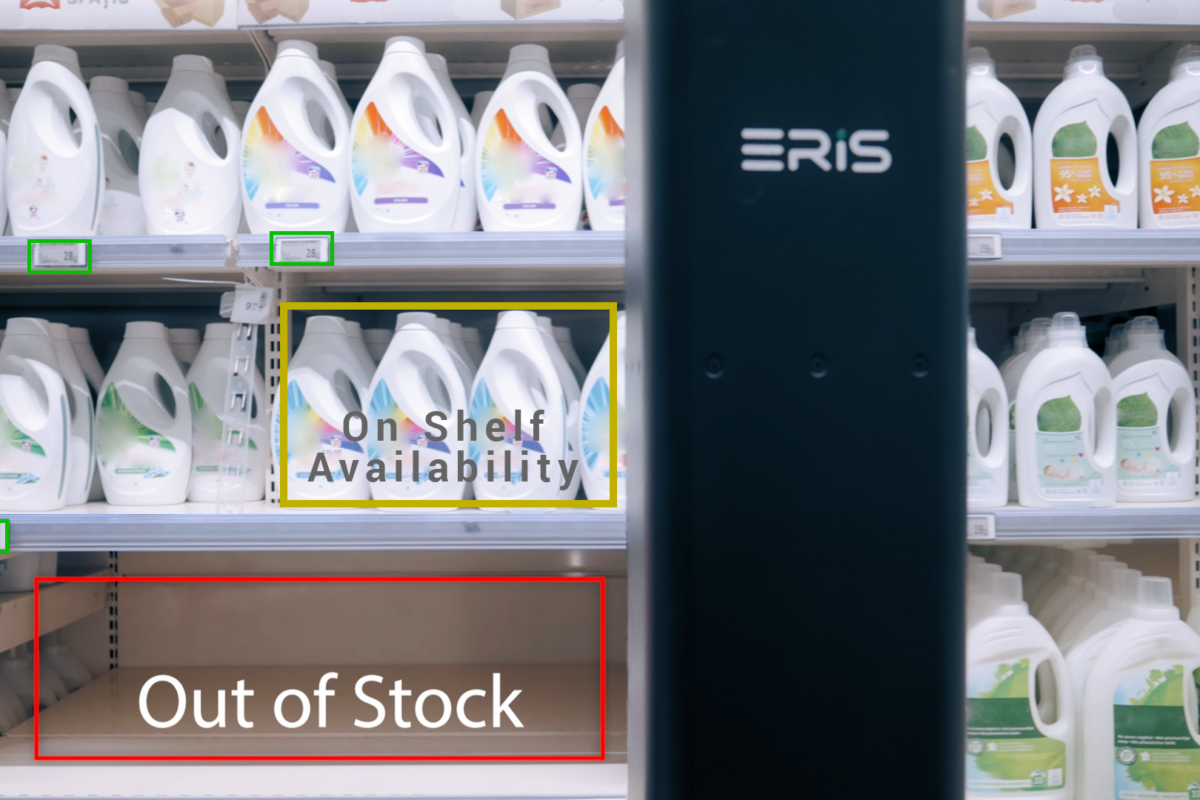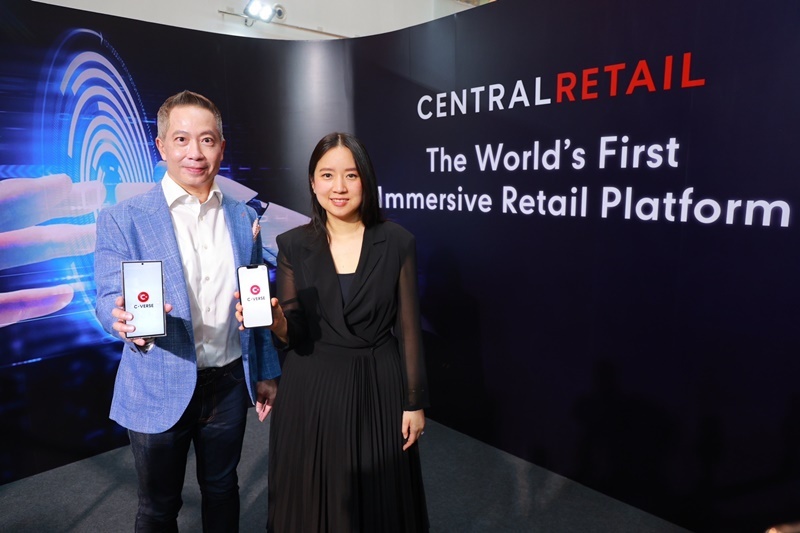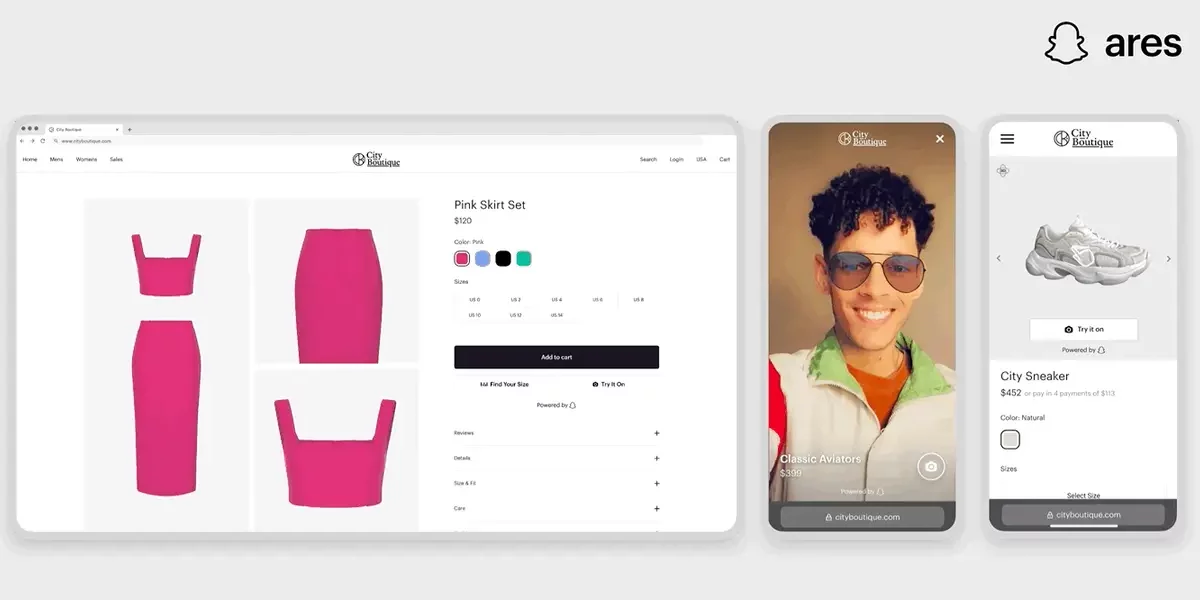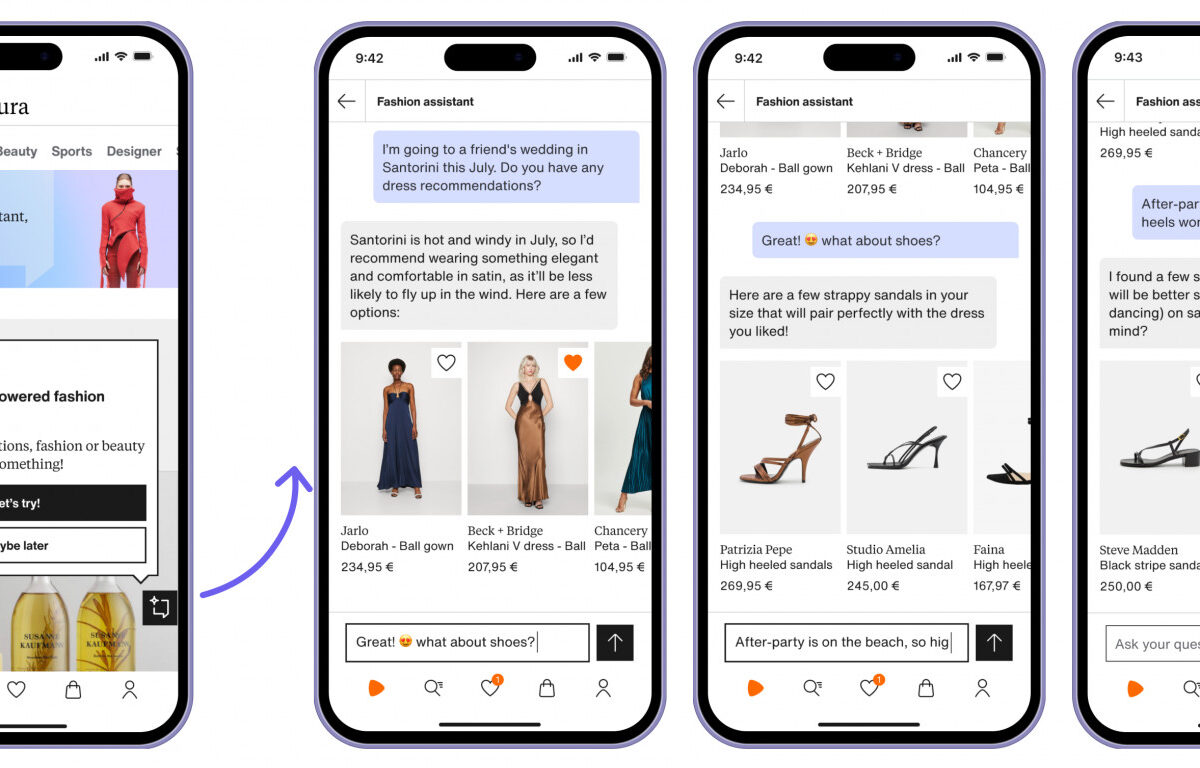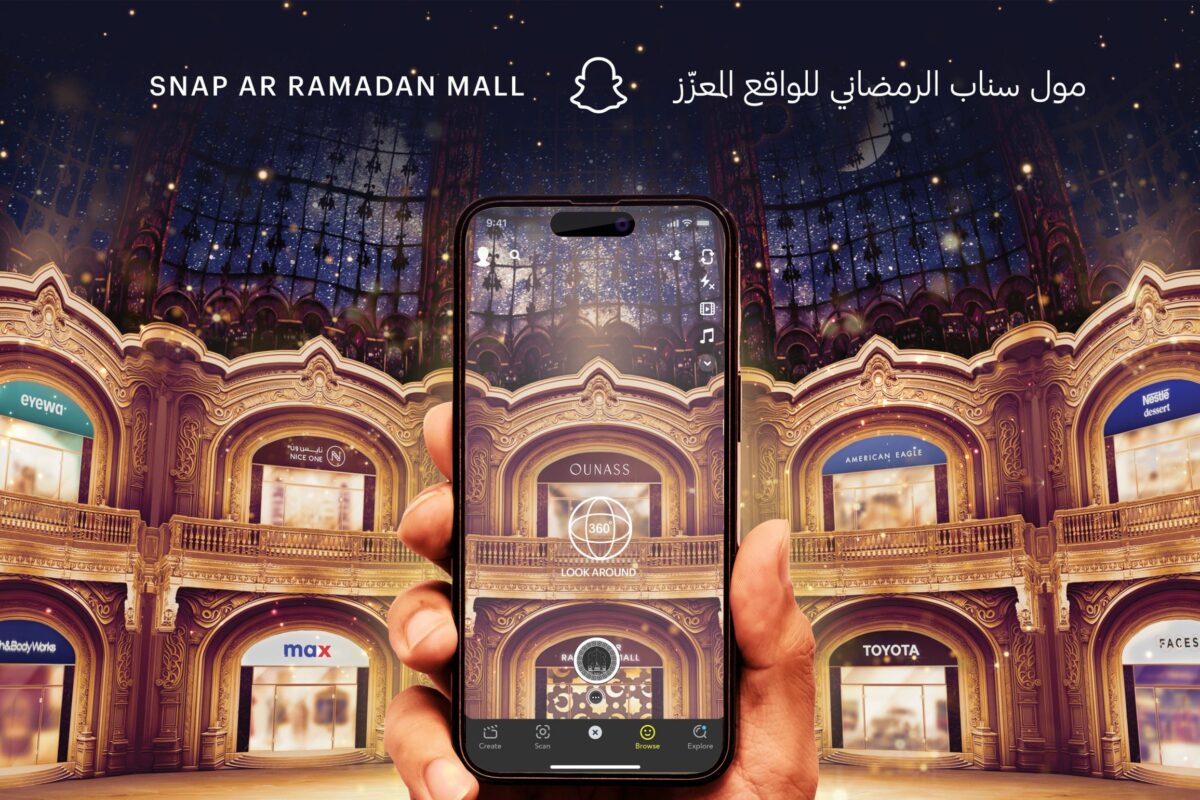Product recommendations based on a person’s body data
Interview with René Stampfl, Sales Director at Fision Technologies
How wonderful it would be if the clothes you order online would fit you perfectly right out of the box. What sounds like wishful thinking, could soon become a reality. The start-up Fision Technologies uses artificial intelligence (AI) to create 3D models of a person’s body to support consumers in finding items in the right size online, thus reducing the return rate for retailers.
iXtenso spoke with René Stampfl, Sales Director at Fision Technologie about the goals of the two-and-a-half-year-old Swiss company.
René, what was your motivation to start this business?
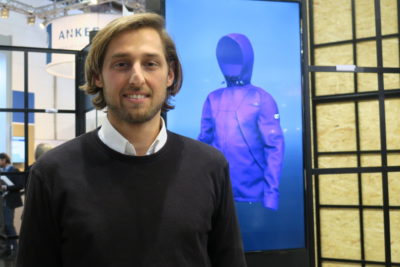
© Fision Technologies / René Stampfl
René Stampfl: Our solution is designed to give online retail businesses a tool and resource to get a handle on the often horrific return rates they have to deal with. On the one hand, we are catering to retailers and brands that want to reduce both the costs for return management and their ecological footprint. On the other hand, we also focus on the end-user, who doesn’t want to return packages at the post office because he or she had to order items in two different sizes. At the moment, online retail only has a limited number of options to give customers size recommendations or to let them virtually try on clothing based on their own body physique.
How does your solution help solve this problem?
Our Size Advisor gives size recommendations. In the future, the tool will also provide the option of virtually trying on clothes by using a combination of visualization and measurement technology.
Please tell us exactly how the Size Advisor works.
The first step is a body scan. The user is guided step by step through the application. The person initially manually enters his or her gender and height. Then he or she either takes a selfie or another person can take a picture for them. You can do this using a laptop camera or your smartphone. The system requires a front and a side profile view. It is crucial for the person to be fully inside the frame.
For now, the customer still needs to wear tight-fitting clothes to create an accurate model. However, we are diligently working on a solution that will considerably loosen this requirement. A lifelike 3D model for each person is subsequently generated in the background. All of this takes place on our servers and not on the user’s device. Afterwards, the user can already view data about his/her arm length, bust and waist circumference etc.
How can customers use this data when they shop?
Once you have been measured and once our solution has been integrated into the systems of various retailers, customers can access their main user profile at any time. Customers only have to click on a “What’s my size” button and then receive a size suggestion for the desired product.
How does the system configure the 3D model?
Due to data protection concerns, we first make the face unrecognizable. The image is subsequently encrypted and sent to our servers. Via AI or face recognition, we then define the person in the image and the background. Based on that, we extract the body silhouette of the person.
This process is followed by a comparison with a 3D avatar database. A brand-new model is subsequently generated from the building blocks of existing avatars. In doing so, each person gets his or her very own personalized avatar.
Does your solution also factor in so-called problem areas of the body or country-specific clothing sizes and fits?

© panthermedia.net / Lev Dolgachov
Yes, the solution also incorporates problem areas. This is definitely not a trivial matter. The second data pool that we add to the matching includes apparel data, meaning key clothing dimensions. All garments vary and you need to assess the relevant clothing measurements to ensure that you have the correct fit for this specific item.
Here is an example: If a man has a larger waist, his chest is no longer the crucial measurement, it’s the waist measurement that actually drives the proper size. The software compares the body measurements with the clothing measurements and subsequently determines the key body measurement (chest or waist). It detects individual physical features and uses them to give different size recommendations.
Do you obtain this data from the manufacturers?
Yes, we do. Right now, we use clothing size charts provided by the manufacturer. However, we are also working on an intelligent approach to create specific templates, for a T-shirt, a shirt or jacket for example. Empirically, this allows us to conclude how the garment is worn and when it fits well. We feed the model with these findings. We want to evolve and progress to where we become increasingly independent from the clothing size charts.
Can this solution be integrated into any online store or app?
Both software solutions – for measurement and visualization – can easily be integrated into the websites of retailers or brand manufacturers with just a few lines of code. We also provide a separate app that our clients can refer to.
When can users expect a virtual dressing room?
We are currently collaborating with our first clients to combine the avatar and virtual garment and create a virtual dressing room. We expect to go online with a first product by the end of this year.
Interview: Melanie Günther
First published at iXtenso.com Magazine for Retailers




